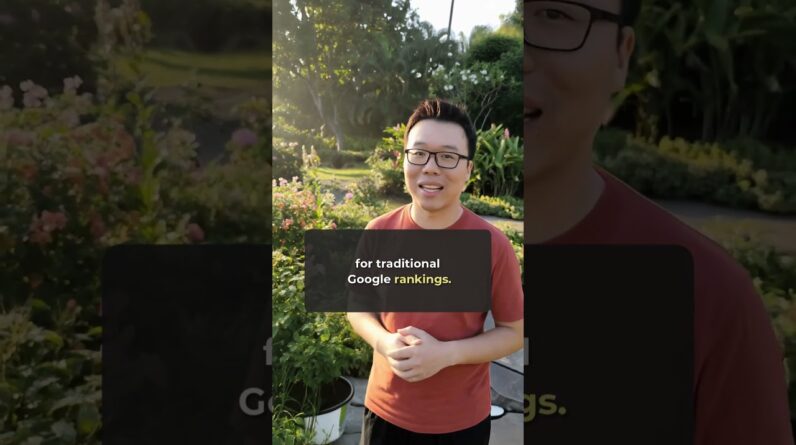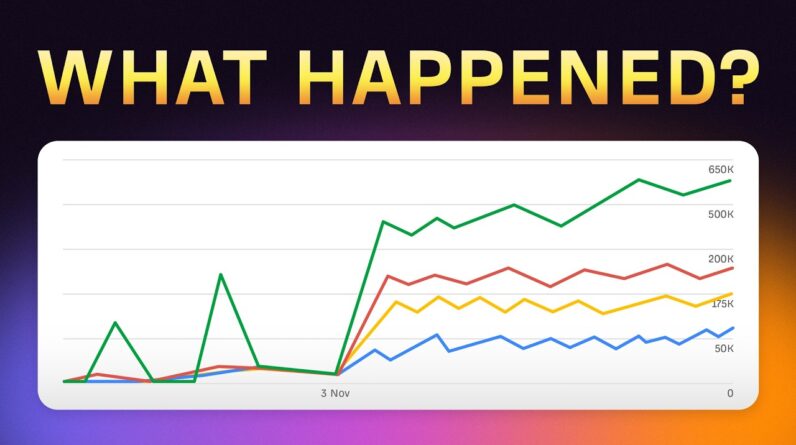In the world of search engine optimization (SEO), there are two commonly used terms that you may have come across: white hat and black hat. But what exactly are these hats, and what do they have to do with SEO? In a nutshell, white hat SEO refers to the ethical, rule-abiding strategies that aim to improve website rankings organically. On the other hand, black hat SEO involves employing shady tactics and techniques that may offer short-term gains but can ultimately lead to severe penalties from search engines. In this article, we will explore the differences between these two approaches to SEO and why it’s essential to choose the right hat if you want long-term success for your website.
White Hat SEO
Definition
White hat SEO refers to the ethical and legitimate techniques used to improve a website’s visibility and ranking in search engine results pages (SERPs). It focuses on optimizing a website for human users, rather than solely for search engines. White hat SEO strategies adhere to search engine guidelines and regulations, aiming to provide valuable content and a positive user experience.
Best Practices
White hat SEO involves following a set of best practices that can help enhance a website’s visibility and credibility. These practices include:
-
Quality Content: Creating high-quality, original, and informative content that satisfies the needs of users and provides value. This includes well-written articles, engaging videos, and visually appealing images.
-
Keyword Research: Conducting thorough keyword research to identify relevant terms and phrases that your target audience is likely to use when searching for information related to your website’s topic. This helps optimize your content to rank well for these keywords.
-
On-page Optimization: Implementing on-page optimization techniques, such as optimizing meta tags, headings, and URLs, to make it easier for search engines to understand and index your website’s content.
-
Link Building: Building high-quality and relevant backlinks from reputable websites, directories, and social media platforms. These backlinks improve your website’s authority and can positively impact your search engine rankings.
-
Social Media Presence: Actively engaging in social media platforms to promote your content, interact with your audience, and gain exposure for your website. This helps increase brand awareness and attract more organic traffic.
-
User Experience: Enhancing the overall user experience by designing a user-friendly website with easy navigation, fast loading speeds, and mobile responsiveness. A positive user experience encourages visitors to stay longer on your website, reducing bounce rates.
-
Long-Term Approach: Employing a long-term approach to SEO by consistently updating and improving your website’s content, monitoring analytics, and adapting to industry trends and algorithm changes.
Benefits
White hat SEO techniques offer several benefits, including:
-
Improved Visibility: By optimizing your website using white hat strategies, you increase your chances of appearing on the first page of search results, attracting more organic traffic.
-
Long-Term Success: White hat SEO focuses on building a sustainable and long-term online presence, ensuring that your website continues to rank well over time and maintains its visibility in search results.
-
Enhanced Credibility: Following ethical practices and providing high-quality, valuable content establishes credibility and trust with both search engines and users, building a positive online reputation.
-
Targeted Traffic: By optimizing your website for relevant keywords and providing valuable content, you attract more targeted traffic, increasing the chances of converting visitors into customers or subscribers.
-
Lower Risks: White hat SEO techniques comply with search engine guidelines, reducing the risk of penalties or being banned from search engine results pages. This provides peace of mind and ensures the long-term viability of your website.
Black Hat SEO
Definition
Black hat SEO refers to the use of manipulative and unethical techniques to manipulate search engine rankings. These tactics focus solely on achieving quick results and deceive search engines rather than providing genuine value to users. Black hat SEO strategies often violate search engine guidelines, risking penalties or even removal from search results.
Unethical Techniques
Black hat SEO utilizes a variety of unethical techniques to artificially boost a website’s ranking. Some commonly used techniques include:
-
Keyword Stuffing: Overloading a webpage with excessive keywords to manipulate search engine algorithms. This leads to poor-quality content that offers little value to users.
-
Cloaking: Presenting different content to search engines and users. This technique involves displaying optimized content to search engines while showing irrelevant or misleading content to users, aiming to deceive search engines.
-
Hidden Text: Including hidden text or links on a webpage, often with the same color as the page background, to manipulate search engines. This text is not visible to users but is aimed solely at improving search engine rankings.
-
Link Farms: Building networks of low-quality websites solely for the purpose of linking to target websites. These link networks aim to manipulate search engine rankings but provide little value to users.
-
Private Blog Networks: Creating a network of blogs to generate links pointing to a target website. These blogs are often filled with low-quality content and do not offer valuable information to users.
-
Duplicate Content: Copying content from other websites and publishing it as your own. This not only violates copyright laws but also lacks originality and does not provide users with unique and valuable content.
-
Manipulative Link Building: Engaging in manipulative practices to acquire backlinks, such as buying links or participating in link schemes. These practices aim to artificially increase a website’s authority and manipulate search engine rankings.
Consequences
Using black hat SEO techniques comes with various consequences, including:
-
Penalties: Search engines like Google take black hat SEO seriously and continuously update their algorithms to detect and penalize websites engaging in unethical practices. Penalties can range from a drop in rankings to complete removal from search results.
-
Loss of Credibility: Black hat SEO tactics undermine a website’s credibility and trustworthiness, potentially damaging its reputation with both search engines and users. This can result in a loss of organic traffic and hinder online growth.
-
Wasted Resources: Investing time and effort into black hat SEO techniques is ultimately futile. Search engines are becoming increasingly sophisticated in identifying unethical practices, making it challenging to achieve long-term success using black hat strategies.
-
Damage to Brand Reputation: Engaging in unethical practices undermines a brand’s reputation and can lead to negative reviews, decreased customer trust, and a damaged online reputation. Rebuilding trust is a difficult and time-consuming process.
-
Inconsistent Results: While black hat SEO techniques may initially yield quick results, they are not sustainable in the long run. Search engine algorithms constantly evolve, and such techniques are likely to be penalized, resulting in unpredictable and fluctuating rankings.
In conclusion, white hat SEO focuses on providing value to users, adhering to search engine guidelines, and building a sustainable online presence. It emphasizes quality content, keyword research, on-page optimization, link building, social media presence, user experience, and taking a long-term approach. On the other hand, black hat SEO relies on unethical tactics that manipulate search engine rankings and risk penalties. It involves keyword stuffing, cloaking, hidden text, link farms, private blog networks, duplicate content, and manipulative link building. While black hat techniques may offer temporary gains, they come with severe consequences and can damage a website’s reputation and visibility. It is always advisable to prioritize white hat SEO practices to ensure long-term success and maintain a positive online presence.






